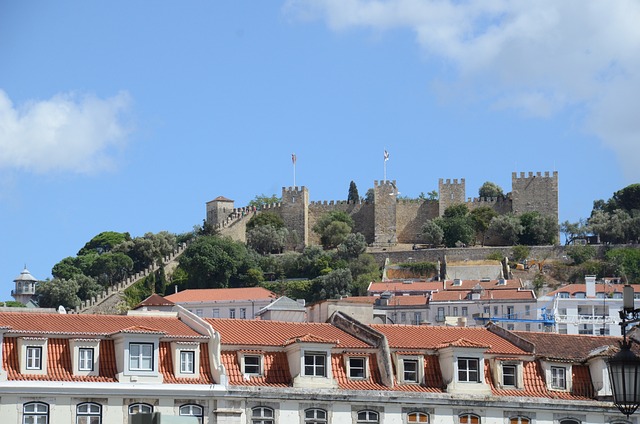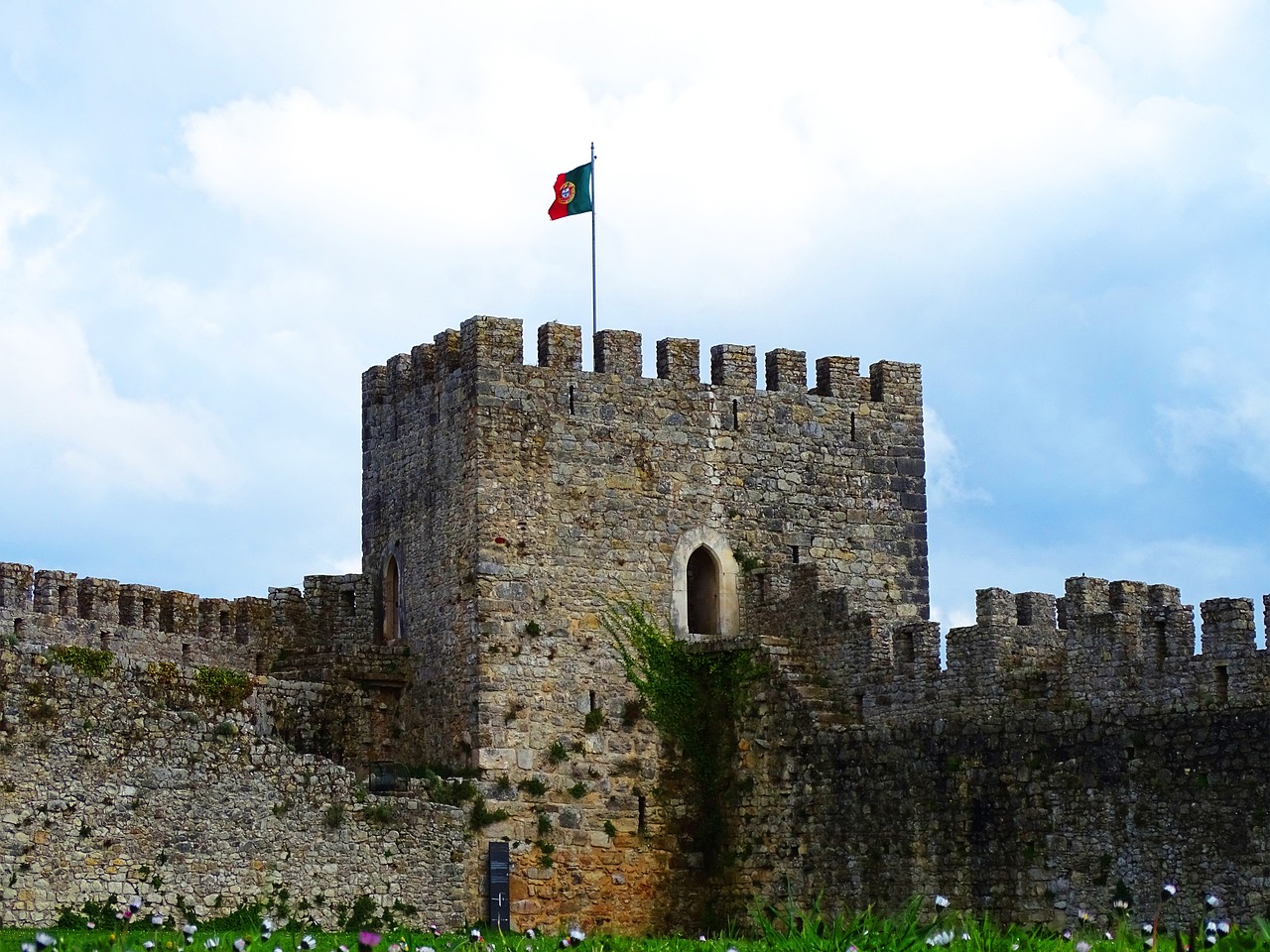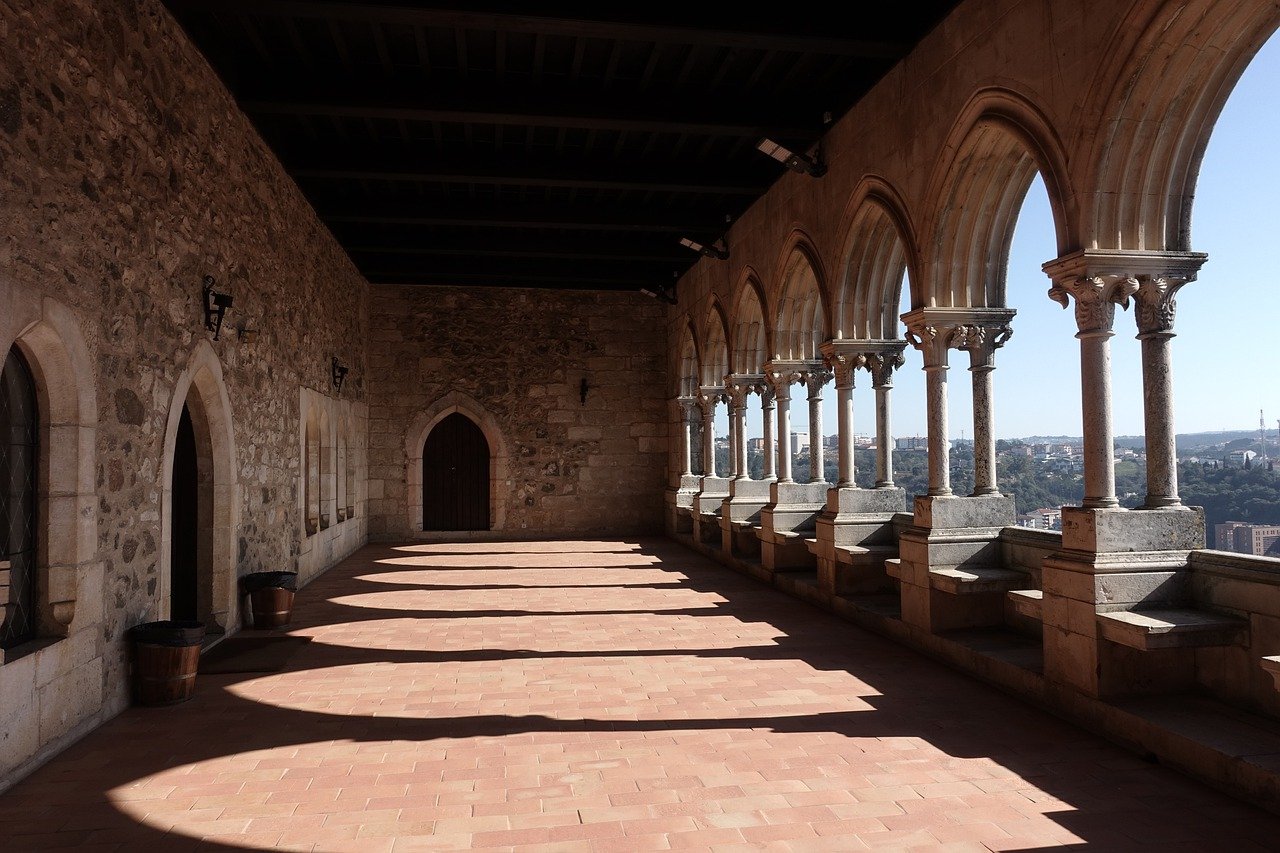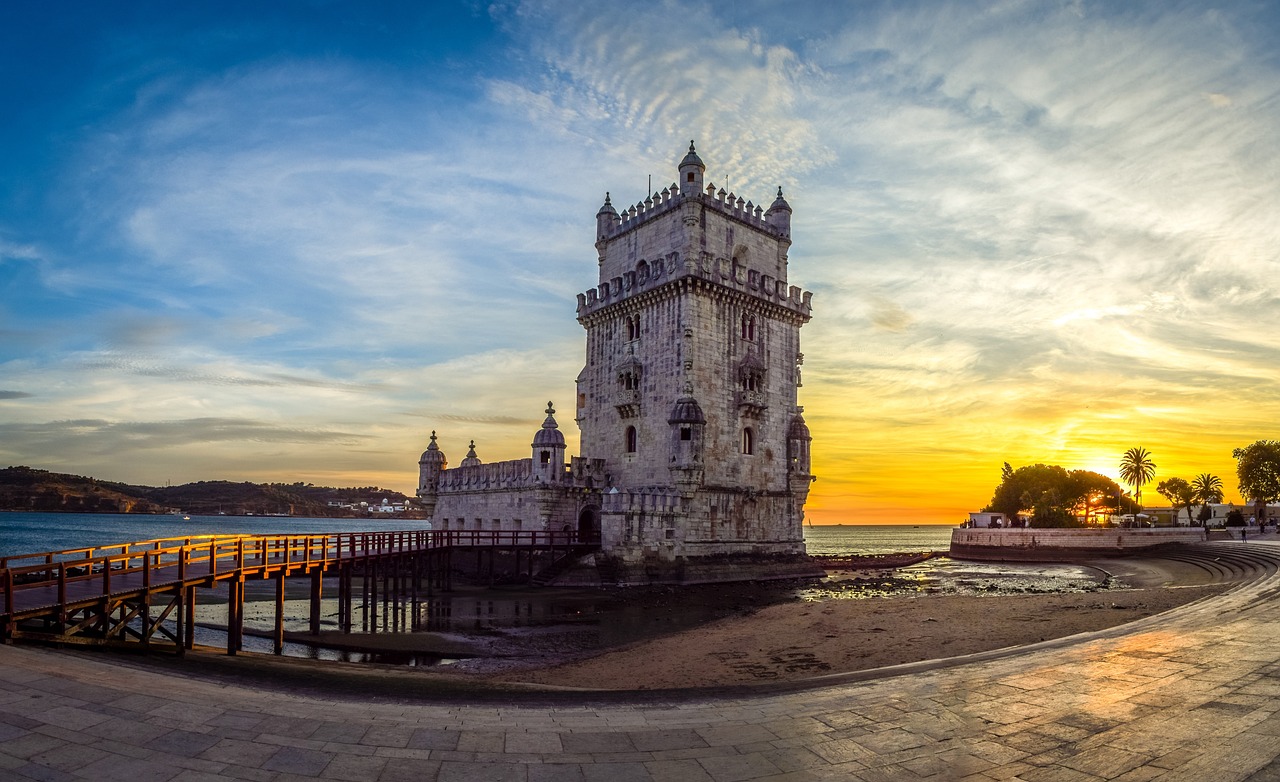Due to its diminutive size, Portugal naturally lacks the abundance of castles found in other European countries. Although Portugal is small in size, it is big in quality. These fortifications and castles from the Middle Ages look like they were designed to be featured on modern postcards.
Portugal is known for its distinctive crenelated walls and towers. These crenellations are openings at the top of walls and towers, where defenders of the castle could fight off invaders. Castles were defended by bows and arrows in the early years, and later by guns and cannons. A soldier could easily go through the crack, fire a shot, and then quickly retire behind the stone to reload.
It’s likely that these soldiers reloaded their weapons frequently. In the eighth century, when they conquered Portugal, the Moors erected several of the country’s castles. Some Christians on the Second Crusade a few centuries later took control of the fortresses. Napoleon’s France invaded Portugal a few centuries later.
Some of the castles have been renovated to look better than new, while others are in ruins and have been overrun by vegetation, yet they still exude an air of proud, regal grandeur to visitors.
Sao Jorge Castle

To defend themselves from Christian invaders, the Moors constructed Sao Jorge Castle (also called St. George Castle) in the 11th century. Conquered in the 12th century, it was transformed into a royal residence by the man who would become Portugal’s first king. The enormous structure, located on a hill above Lisbon, is now one of the country’s top tourist destinations. Royal palace remains in ruins, while the remainder of the castle has been repaired.
Montemor-o-Velho Castle

Located in central Portugal, Montemor-o-Velho Castle is a formidable medieval stronghold. The Romans were the first inhabitants of the area, with subsequent conflicts involving the Moors, Christians, and Catholics. The ruling families fought one another over who should own the castle. Today, only the double circular walls with crenellations and a handful of towers survive. Visitors can ascend the towers to get a bird’s-eye view of the rice paddies and the Mondego Valley below.
Castle of the Moors
The Castle of the Moors, located on a cliff near Sintra in central Portugal, was originally built by the Muslims in the 10th century when they overran the Iberian Peninsula. Like the Great Wall of China, the block walls surrounding the castle and its towers offer breathtaking panoramas, in this case, all the way to the Atlantic Ocean.
Leiria Castle

The Moors and the Christians fought for control of Leiria Castle multiple times throughout the Middle Ages. It eventually became a royal palace. The structure is notable for its spectacular Gothic arches leading to a balcony with views of Leiria and the countryside below. It is now used as a cultural facility for Leiria, Portugal.
Almourol Castle

Located on a hilly island in the Tagus River, the Almourol Castle was built in the Middle Ages and is nothing short of beautiful. The castle’s defensive function during the reconquest of Portugal was crucial, so much so that it was restored in the nineteenth century. It is one of Portugal’s most spectacular and picturesque castles, and many believe it’s best experienced from the coast since touring the interior takes only a few minutes.
Pena Palace
The Pena National Palace seems like a fairy tale castle as it stands above the clouds on rainy days. In spite of this, on a clear day, it is visible from Lisbon thanks to its hilltop location in Sintra. Built by King Ferdinand II in a Romantic style that incorporates Moorish and Manueline elements, it is a stunning example of the period.
Silves Castle
When arriving in Silves, the first sight that greets guests is the castle. The impressive construction is the greatest preserved castle in the Algarve; it has eleven towers, four of which have Gothic doors. The Moorish lord of the city previously lived in the castle, which sits on a river. The castle’s defenses have been largely destroyed throughout the years. The town library, however, is located in one of the turrets.
Guimarães Castle
Guimarães Castle is the most important medieval castle in northern Portugal. Legend has it that this is where Portugal’s first monarch was born. The municipality of Guimares, where the castle is located, is revered as the “cradle of Portuguese independence.” The 92-foot-tall crenelated walls of this fortress were built in the 10th century.
Belem Tower

Lisbon’s iconic Belem Tower is located on an artificial island in the middle of the Tagus River. The tower dates back to 1515, and its dual use as a fortress and an invitation to visitors has kept it busy ever since. The limestone tower was constructed during the Age of Discovery, and its attached bastion housed 17 long-range cannons.
Sabugal Castle
Sabugal Castle towers over the surrounding area and provides breathtaking views of the Coa River and the surrounding town. It’s one of Portugal’s most well-preserved castles. Visitors seeking the greatest vantage points should be prepared to climb a few ladders to the towers. Even as late as the early 19th century, when the French invaded, Sabugal Castle was used as a fortress.


